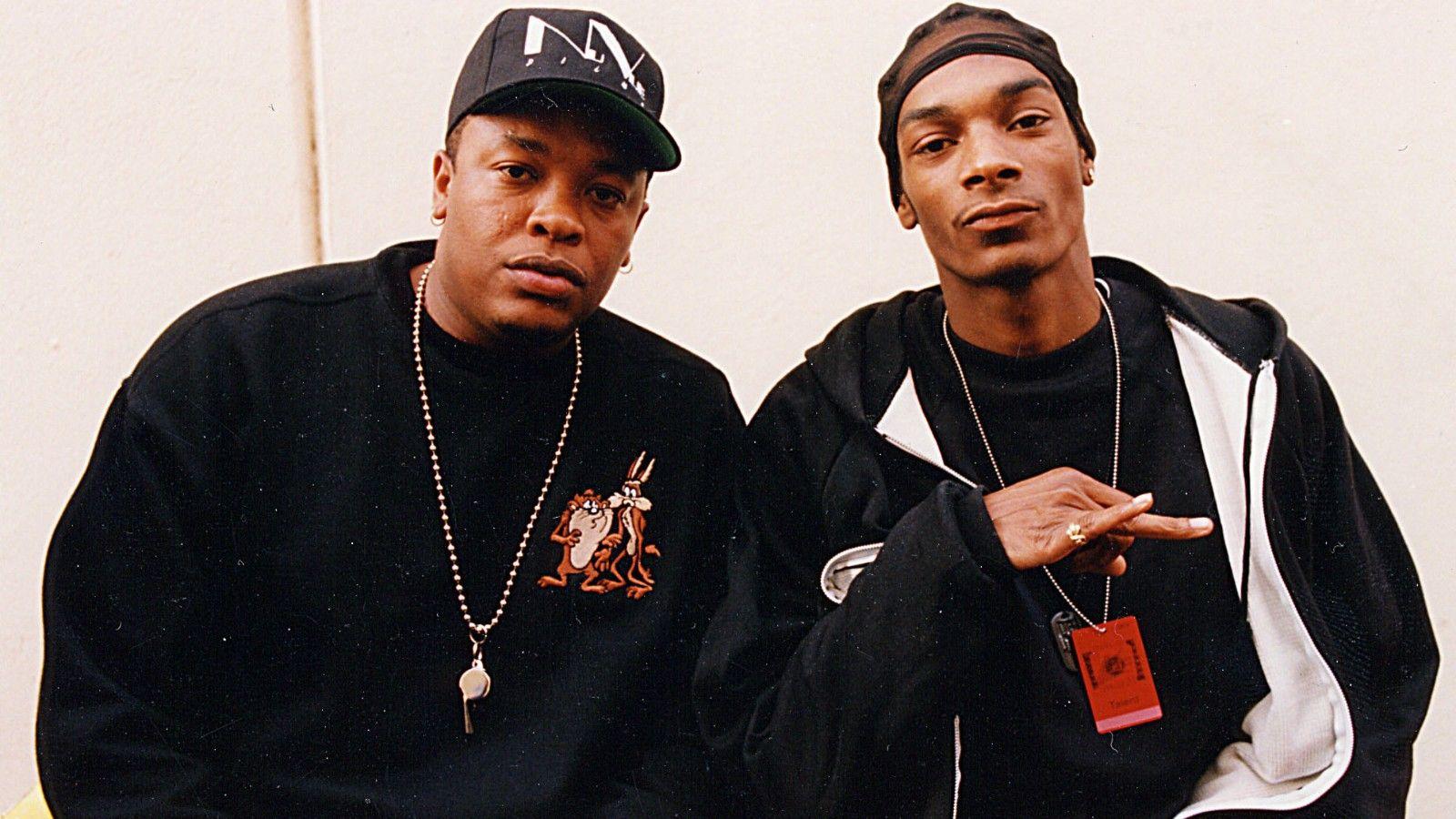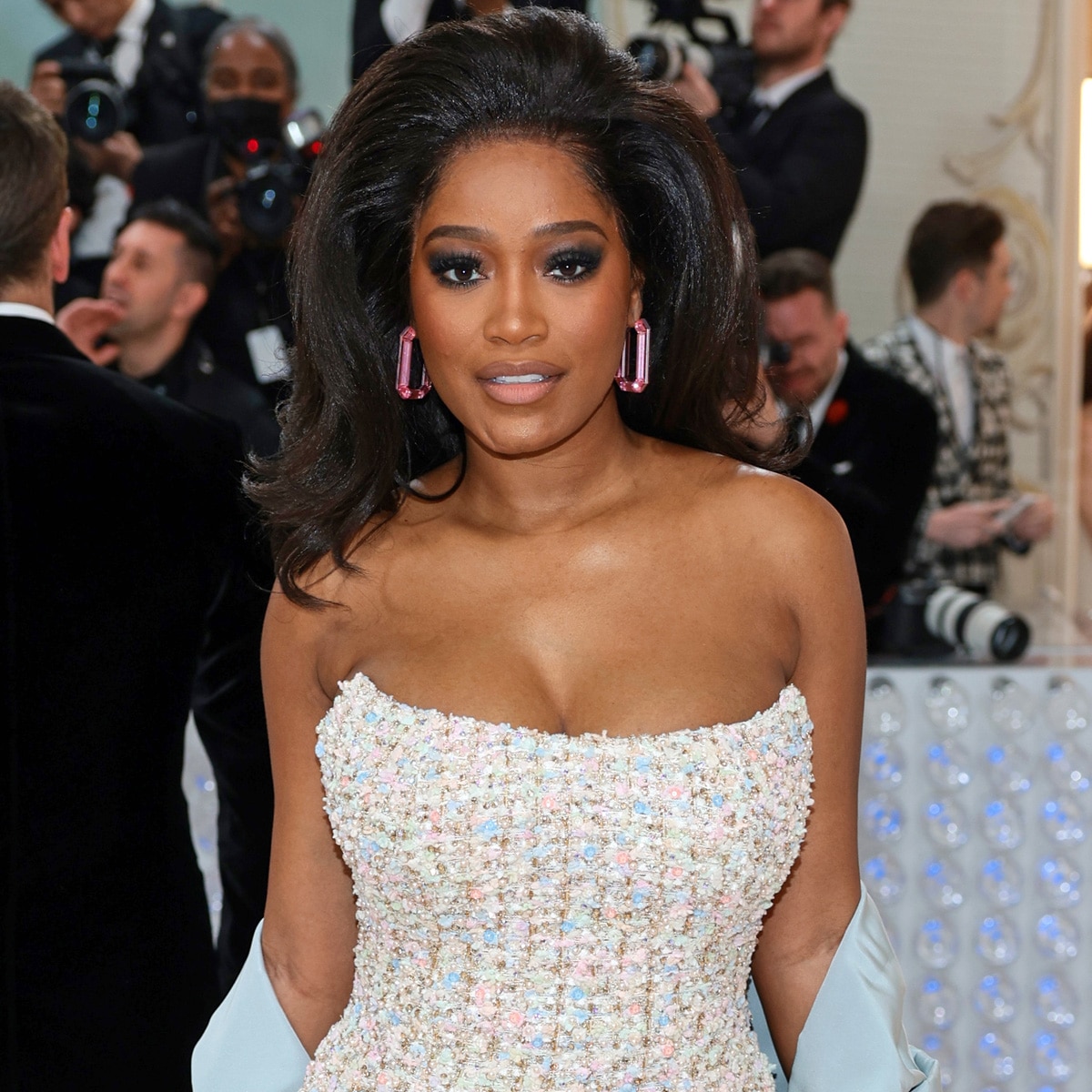
Chuck usually had a serious and political style, which Flav balanced with comedy to mainstream effect. Part of the reason for their success was the balance within the act. He was overlooked in the initial signing of Public Enemy to Def Jam Records, but his partner Chuck D insisted on them signing together, and they went on to rapid fame. Unlike some other rappers, Flav has little solo work to his name, with only a single solo album that came out in 2006. Flav famously wears a clock around his neck in public appearances, which he says helps remind him of the importance of time and how it keeps on going.

Please don’t mistake this for a ranking and yell at me for putting MC Lyte “above” Tupac or something stupid like that.Best known for his work with the rap group Public Enemy, Flavor Flav is a Grammy-winning star and cousin of several members of the Wu-Tang Clan. In case it’s not immediately obvious, this list is in alphabetical order. You might see some familiar favorites or even a few unexpected additions, but they all form part of hip-hop’s beloved and elaborate tapestry. By no means is this list comprehensive or complete - that’d be borderline impossible without turning it into a book instead - but these albums have contributed to a canon that has turned out to be dynamic, inclusive, and at times borderline ridiculous. Rather than shooing these newcomers out the proverbial gates, why don’t we welcome them in?īeing a good citizen starts with a good education, and since it’s hard to know where to start with the hip-hop canon, we wanted to give the kids (and new hip-hop fans of all ages) a primer on some of the most groundbreaking and important rap albums of the ’90s. While there have been multiple generations born into a world where hip-hop has always been part of pop culture, those generations often find themselves at odds because as new fans are born every day - literally or figuratively - they often come into those discussions missing valuable context about the roots and history of the music both sides love so much.

And while things have changed a lot, many of those innovations remain the bedrock upon which almost all future offshoots of hip-hop are based. One thing that can’t be denied, though, is that hip-hop underwent some of its biggest stylistic evolutions and innovations during the ’90s when people finally began to realize that this “fad” might be here to stay. The culture and the music both look way different than they did when they started, even factoring in the 20-year fashion cycle.
For much of that time, hip-hop was seen as a passing fad, a little like its immediate predecessor disco.īut here we are, coming up on hip-hop’s 50th anniversary. After all, when he wrote that line, the genre had only been around for around twenty years, going by the widely accepted “birthday” of August 11, 1973. rapping “you never thought that hip-hop would take it his far” on his 1994 breakout single “Juicy,” even he might have been shocked to see just how far the genre has come since then if we were still around.


 0 kommentar(er)
0 kommentar(er)
